Ho Chi Minh City seeks more green space amid rapid urbanisation
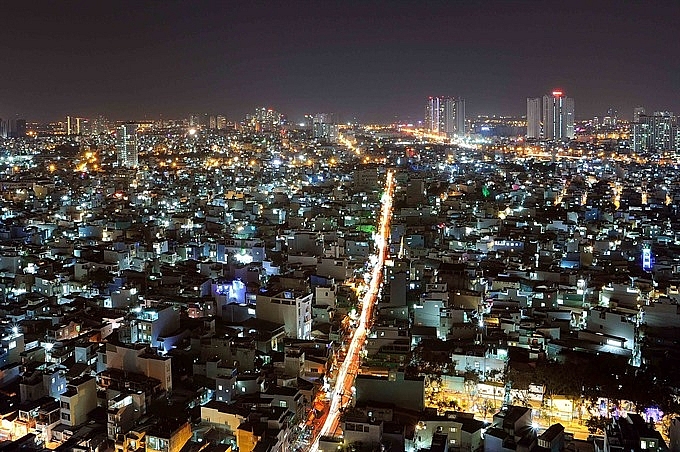 |
| The city’s Department of Planning and Architecture has tried to identify vacant land areas to develop green spaces, but few remain in the city. - VNA/VNS Photo An Hieu |
“It’s hard to find a safe place to exercise at the public park. To reduce the danger, I wake up about 3am and exercise on the street, and then return home at 5am,” he said.
The district, which has more than 680,000 people, is also one of the largest districts in the city, but it lacks a large park.
Twenty years ago, a 47-ha area was zoned for a new park in the Binh Tri Dong residential area, but it has never been built.
Nguyen Minh Nhut, deputy chairman of the district’s People’s Committee, said construction of the park had been delayed for a variety of reasons, including site clearance and lack of capital from investors.
Binh Tan is not the only district without a sufficient amount of green space. The pace of urbanisation has affected all districts, some more than others.
The 37-ha culture park in Go Vap District has not been built, even though it was zoned in 2001.
Le Minh Thanh, a resident in Go Vap District, said: “I have to take my son to parks inside the city centre so they can play and talk with other kids at weekends.”
“I can’t find a place for him to play outside in the district. My son just stays at home and uses his smartphone or watches TV when he’s not in school,” he said.
“I know it’s not good for children and their growth. But what can I do? I heard about the park project 10 years ago, but the proposal is still only on the desk.”
Despite the city’s urban plan that calls for more green space, the city lacks the resources to develop new parks.
Under the plan, green space per capita is expected to be at least 2.4sq.m in inner areas and 12sq.m in outlying areas by 2025.
Currently, the average space is only 1.6sq.m per person, and a mere 0.73sq.m per person in 13 city centre districts.
The city’s Department of Planning and Architecture has tried to identify vacant land areas to develop green spaces, but few remain in the city, according to a representative of the department
The city lacks the financial capacity to build large parks even in designated areas, and is now focusing on developing green space in housing complexes, he said.
However, many investors of housing and urban projects have appropriated areas specifically zoned for green space and used them to build commercial facilities, according to the representative, who requested anonymity.
To prevent the abuse of land, the department has asked the municipal People’s Committee and the Ministry of Construction to allow the sale of apartments only after the technical and social infrastructure has been built.
Solutions
Meanwhile, many large parks in the city centre districts are used improperly, even downtown in the 23/9 Park, where people have set up cafes, shops or parking lots in the park.
The chairman of the Ho Chi Minh City People’s Committee, Nguyen Thanh Phong, has directed the businesses operating in 23/9 Park in District 1 to move out by April 30.
“Parks are places where residents relax after a stressful day of work. But there are cafes, shops, and people playing music at loud volumes. How can residents relax in such a noisy environment?” Phong said during a meeting in June.
Khuong Van Muoi, deputy chairman of the Vietnam Association of Architects, said that new parks had not been built and the amount of green space had shrunk, even though the population had increased rapidly in recent years.
“There’s a lack of funds, but private investors are not interested in parks because they don’t bring profits like real estate,” he said. “To increase the density of green space, city authorities should use different methods in different areas. In highly urban spaces, they could plant more trees on sidewalks and street dividers.”
“Authorities should also ask investors to set aside green space in their housing projects and ensure that enough green space is available for the population density in the project,” Khuong added.
Architect Ngo Viet Nam Son said that special incentives should be given to investors who set aside a large area for green space.
“The authorities can encourage investors to decrease the total area for building to save green space, and to ensure their profits, they can build more floors,” Son said.
Both locals and foreigners living and working in the city desire more green space.
An American who has worked as an English teacher in Ho Chi Minh City for eight years, who declined to be named, said that local authorities “should have planned to increase green space like in other developed countries”.
“The city’s urbanisation has increased rapidly, so residents need green places for a balanced life. Public parks and flower gardens play a very important role in the development of an entire city. They’re like the lung of the city.”
“They’re also the ideal place for public communication and relaxation. They improve the quality of life,” he said.
What the stars mean:
★ Poor ★ ★ Promising ★★★ Good ★★★★ Very good ★★★★★ Exceptional
 Tag:
Tag:
Related Contents
Latest News
More News
- Tan Hiep Phat - three decades of serving society (November 04, 2024 | 17:58)
- Hanoi to restrict polluting vehicles across key districts (November 04, 2024 | 16:29)
- Hoan My Medical Group launches breast cancer screening to support community health (November 02, 2024 | 10:56)
- Vietnamese students explore the future at STEAMese Festival (October 28, 2024 | 16:55)
- Honouring ‘Green Warriors’ on Vietnamese Women’s Day (October 21, 2024 | 15:16)
- Swing for the Kids charity golf tournament kicks off (October 13, 2024 | 09:00)
- Swing for the Kids 2024 tees up opportunities for Vietnam's youth (October 12, 2024 | 10:00)
- HCM City approves 9 billion-USD Can Gio coastal urban development project (October 08, 2024 | 15:56)
- Nha Trang Bay submarine services pilot programme extended to next March (October 08, 2024 | 15:45)
- Swing for the Kids scholarship motivated by beneficiary’s kindness and maturity (October 08, 2024 | 12:35)




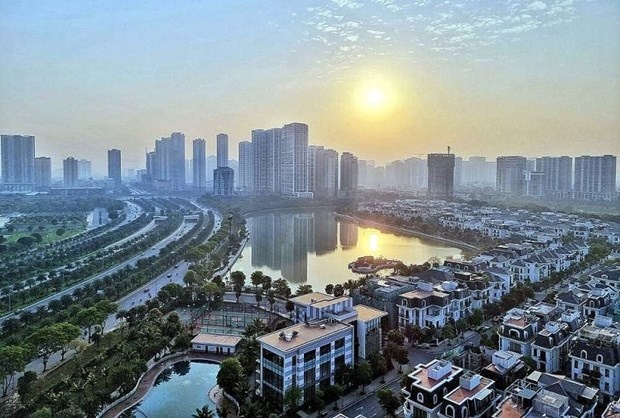
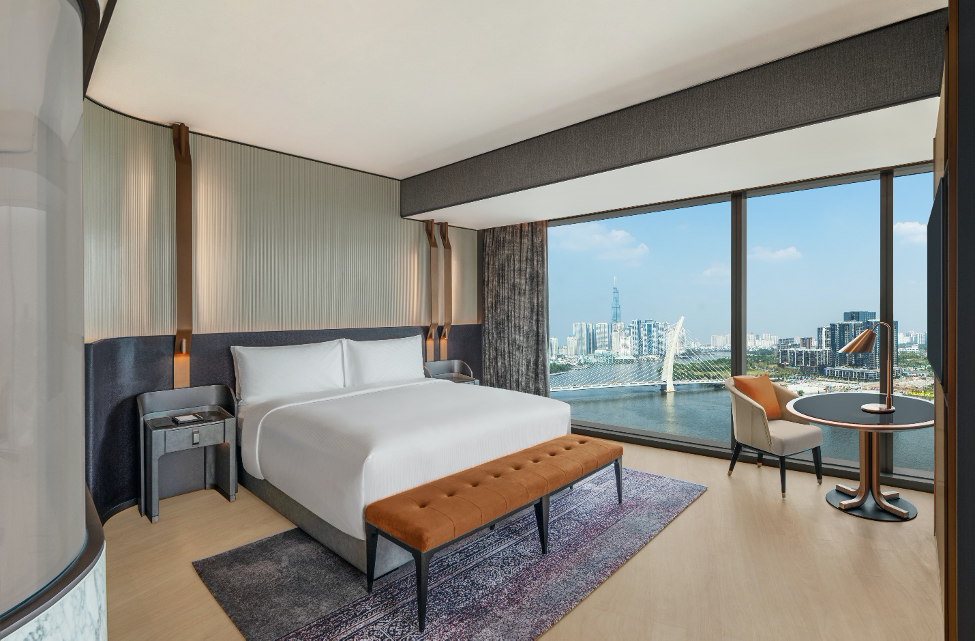
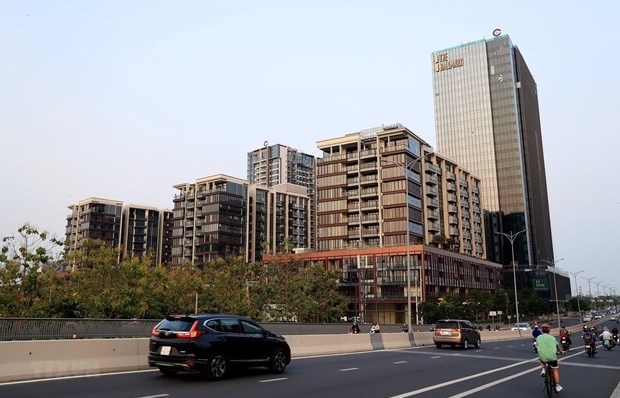
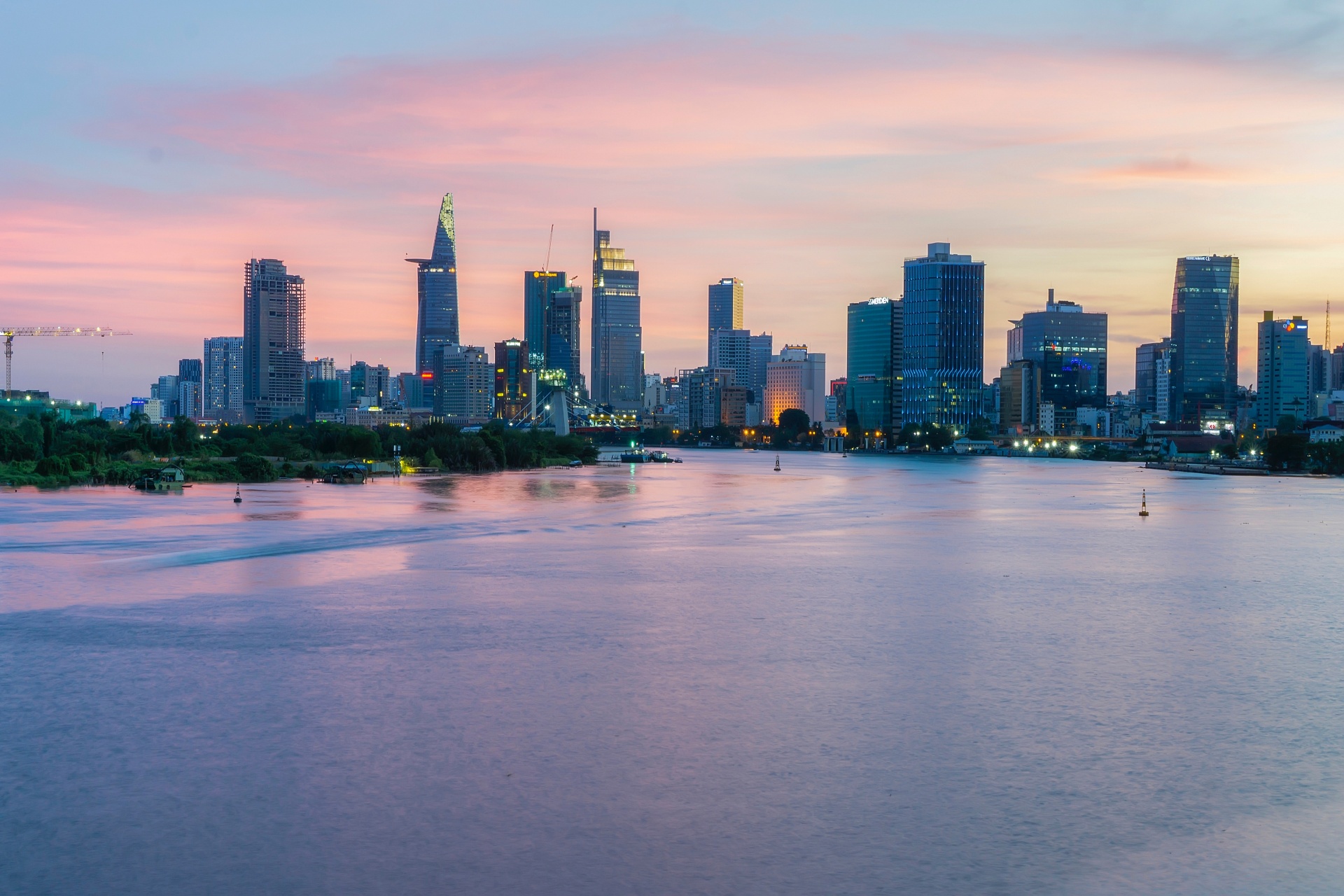

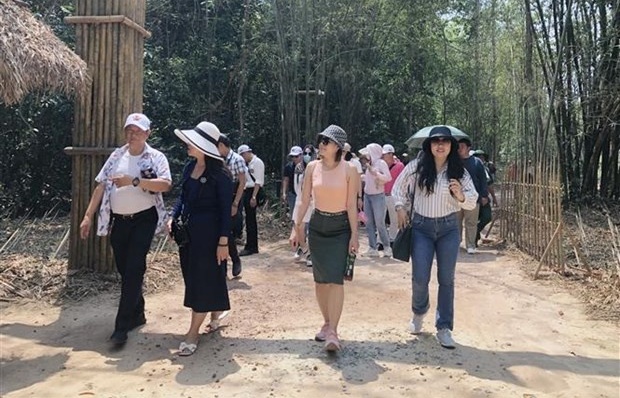
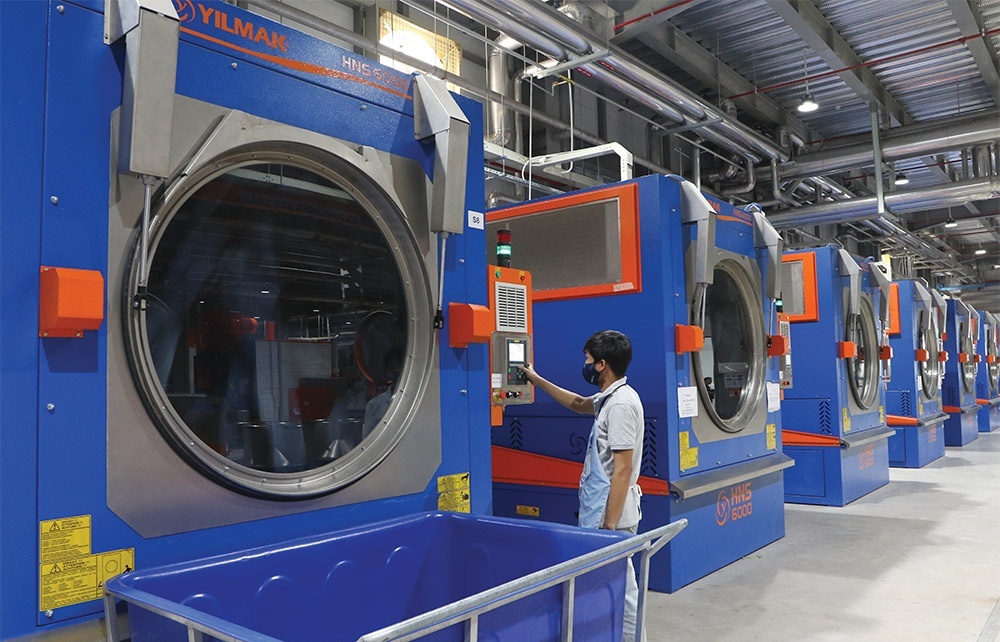
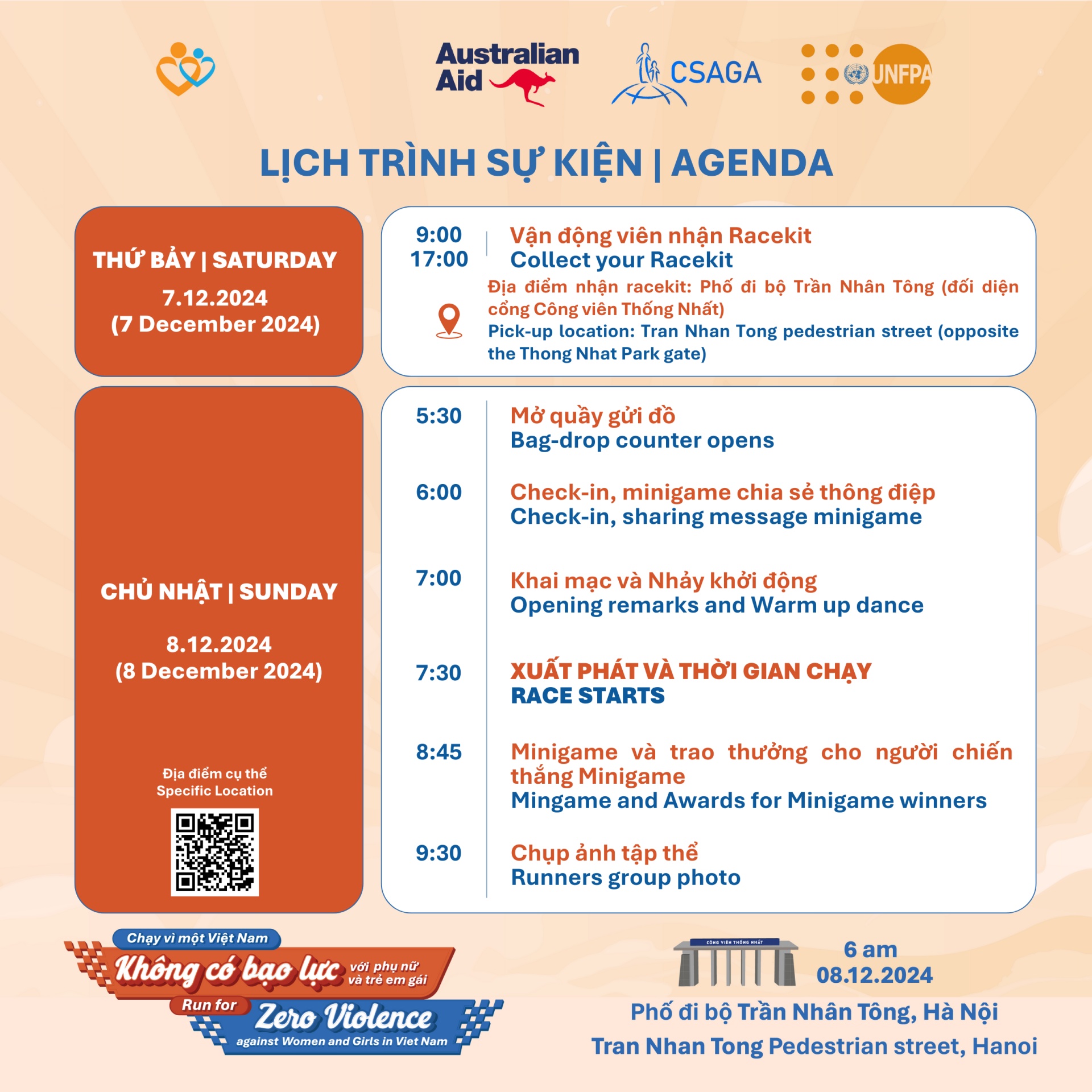
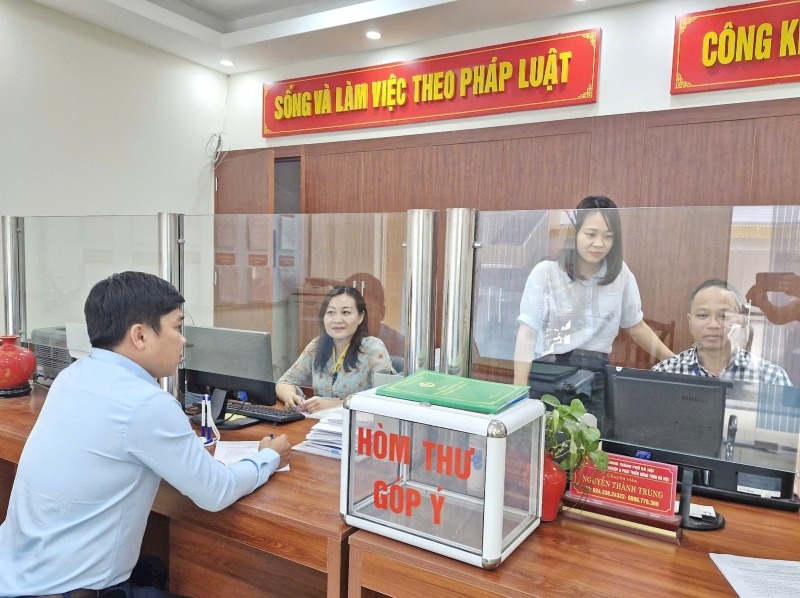


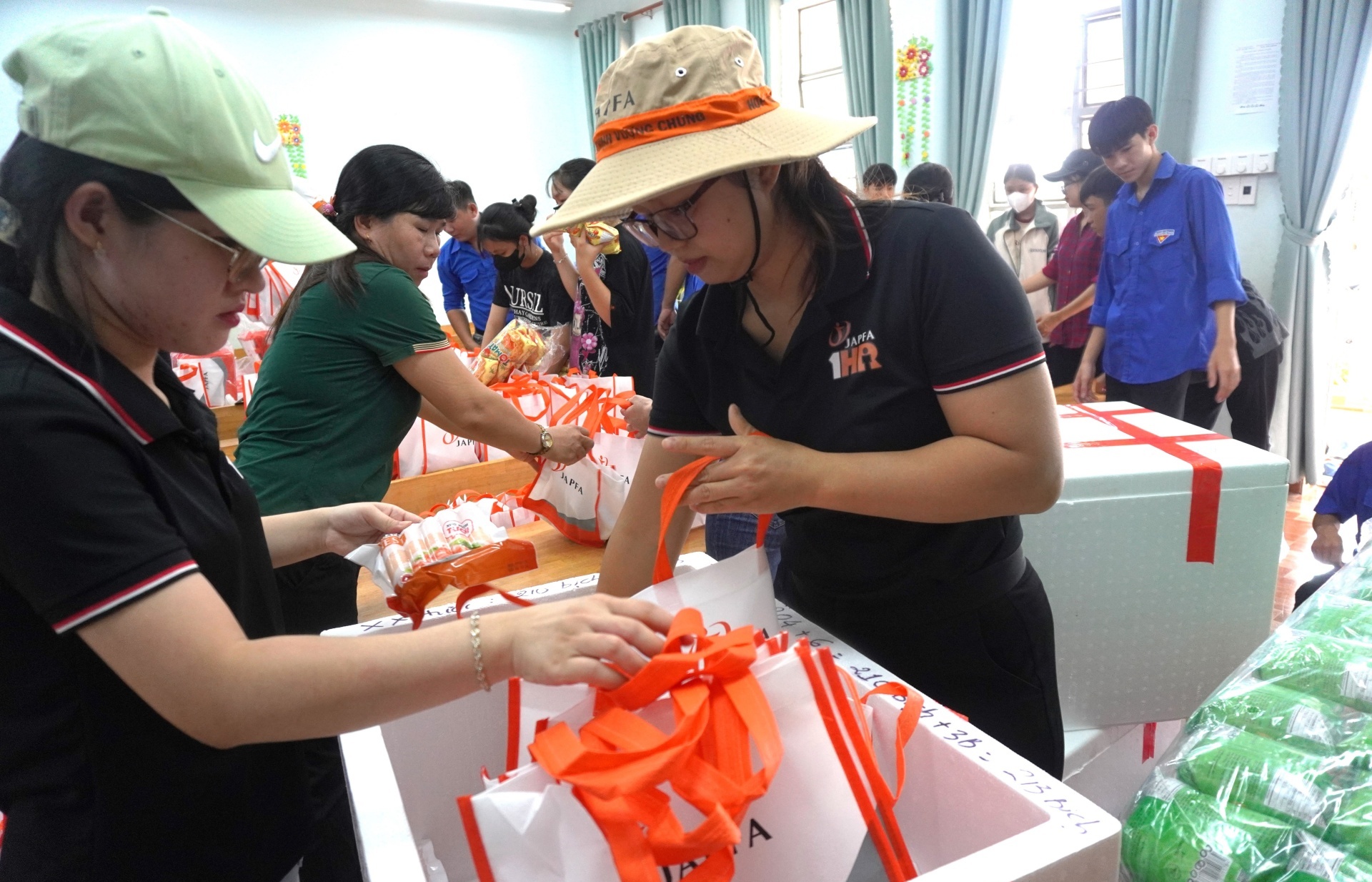










 Mobile Version
Mobile Version